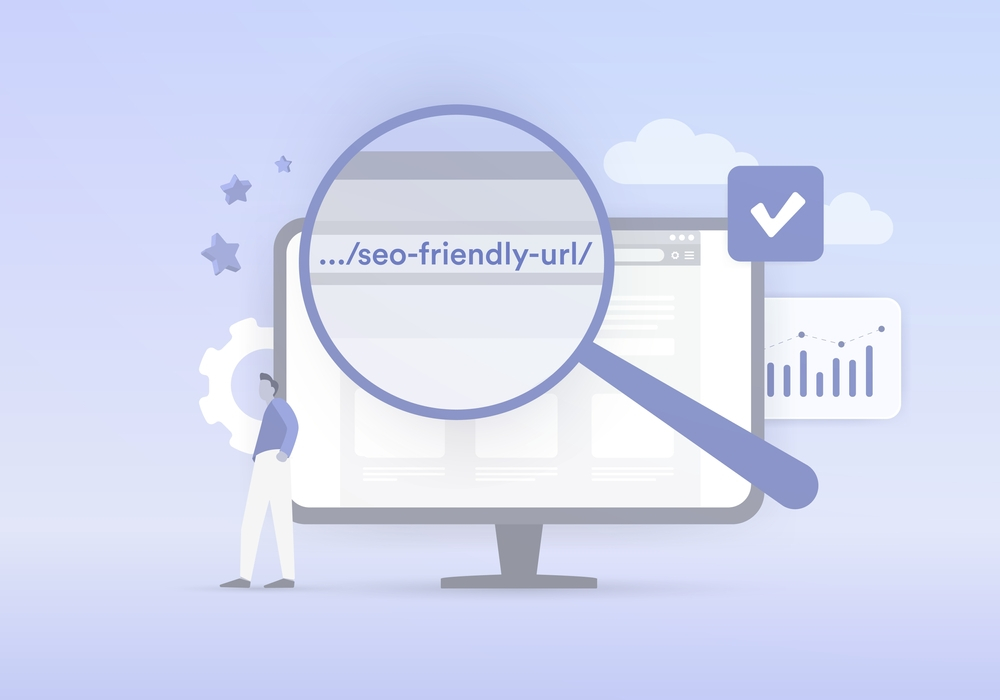Tinkering with your website's URL structure can feel like a tempting way to improve SEO. After all, wouldn't cleaner, keyword-rich URLs get Google's attention?
The reality is that changing URLs is like moving a house – it takes careful planning to avoid a collapse in your search rankings and a frustrating experience for visitors. Let's unravel why altering your URL structure could spell trouble.

What Happens When You Change URLs
Broken Links: Existing links to your old URLs, whether from other websites, emails, or even your internal navigation, suddenly become dead ends. This leads to a wave of 404 errors – not a good look for search engines or users.
Lost Link Equity: You've probably earned backlinks pointing to your pages over time. These links are like votes of confidence for your site. Change the URL, and all that hard-earned 'link juice' is in jeopardy.
Search Engine Confusion: It takes time for search engines like Google to reindex your pages under their new addresses. During the transition, rankings can dip as your website's authority at the previous URL diminishes.
Reasons Why Changing URL Structure Can (Sometimes) Be Necessary
It's important to understand that there are times when changing your website's URLs might be the best course of action. If you're facing a major website redesign, the overhaul could demand changes to how your URLs are organized for efficiency and logic.
Similarly, a brand name change needs to be reflected across all your digital properties, including your website's URLs. Updating your business identity means updating how your customers find you online.
Finally, cleaning up outdated or overly complex URLs – perhaps ones filled with parameters from older content management systems – can vastly improve user experience. A clear and logical URL helps users understand where they are on your website and indicates what kind of content they can expect.
If You Absolutely MUST Change URLs: Mitigating the Damage
Map It Out: Before making a single change, meticulously map your old URLs to their new counterparts.
301 Redirects are Your Friend: These redirects act like digital forwarding addresses, telling search engines and visitors, "Hey, the page you want has moved here permanently." Implement them diligently for every changed URL.
Update Internal Links: Comb through your site and fix any links still pointing to the old URLs.
Communication is Key: Notify partners or websites that link to you about the changes. Reach out to high-authority sites and try to get the links updated directly.
Bonus SEO Tips
Keyword-Rich? Yes, but... Do incorporate relevant keywords into your URLs for clarity, but avoid keyword stuffing. It's unnatural and search engines don't like it.
Shorter is Sweeter: Clear, concise URLs are easier for users to understand and remember.
Hyphens, not Underscores: Hyphens (-) are preferred separators by search engines for readability.
Changing URL structures is like performing surgery on your website. Proceed cautiously and only if the potential benefits truly outweigh the risks. If in doubt, consult an SEO expert to guide the process. Remember, maintaining a consistent structure from the outset is usually the wisest course of action for long-term SEO success!
Originally Published on abijita.com
